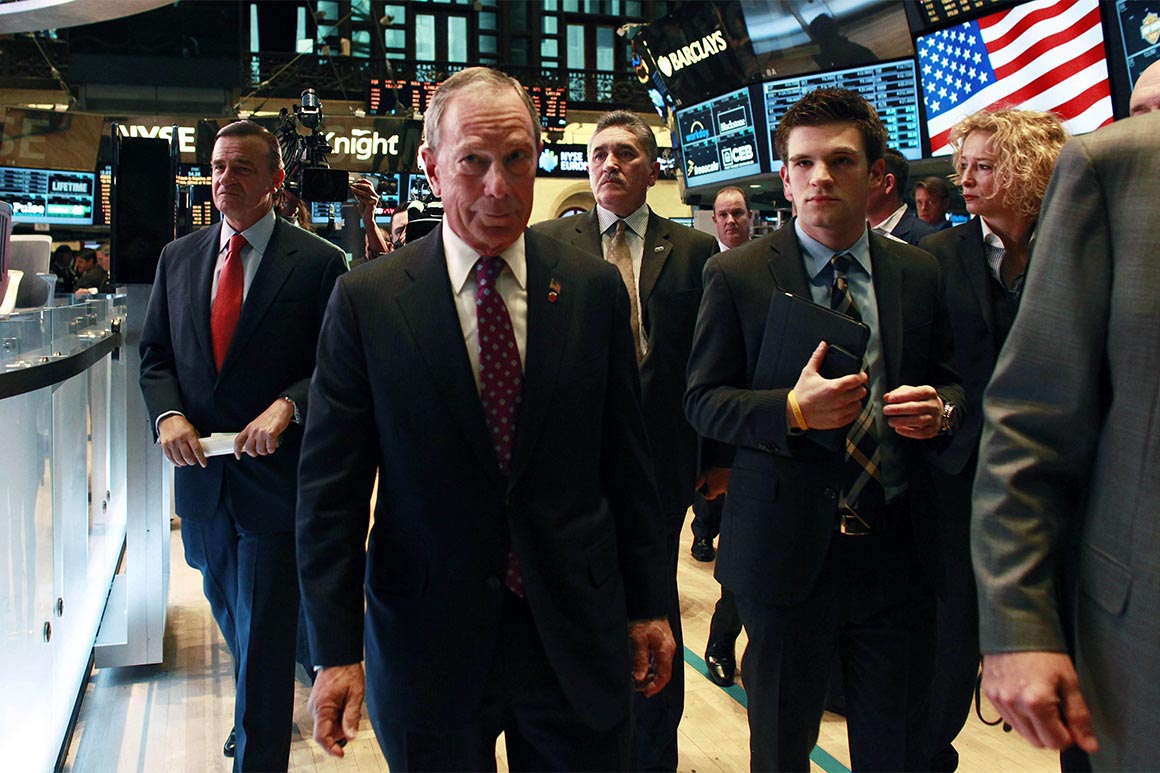An often insurmountable price barrier is preventing many people from purchasing plant-based alternatives to beef, pork, and chicken.
Isobelle McClements was 13 years old when she came home from school and announced to her parents that she was going vegan. Reading a single book on meat processing convinced her it was time for a significant lifestyle change. The logistics of seamlessly feeding a family were a major reason her parents followed suit.
That was a decade ago. Today, their freezer often contains plant-based meatballs, sausages, or nuggets. When dining out, a faux burger sometimes makes the cut. Her father, David Julian McClements, is a food scientist at the University of Massachusetts Amherst who studies how to make such alternatives healthier and tastier.
Despite this, the family prefers to prepare meat-free meals using fresh fruits and vegetables, whole grains, and other ingredients. They can afford the more eco-friendly options now common in grocery stores and have the time and means to make them from scratch. Most people, however, can’t do either of these things, presenting a significant barrier to the broader adoption of beef, pork, and chicken alternatives that could help the nation achieve its climate targets.
“Finding good quality ingredients [and] being able to bring them all together and combine them into something that tastes great but is also affordable, healthy, and sustainable is very, very challenging,” McClements said.
Pound for pound, plant-based mock meats cost an average of 77% more than their conventional counterparts. These proteins are typically heavily processed as they’re manufactured from ingredients like soy and pea protein. “That’s partly why it’s so expensive.”
When considering who buys these pricey proteins, the image of an affluent, urban, Tesla-driving white woman who has sworn off all animal products might come to mind. While the high-income bracket often holds true, the rest of that stereotype is a misconception. It’s not only vegans or vegetarians buying these products.
Young and non-white consumers are the most likely to eat plant-based meats, according to a May 2024 survey commissioned by the alt-meat advocacy nonprofit Good Food Institute. Approximately 38% of Gen Z and 35% of Millennials report consuming such alternatives at least once a month, which is about twice the number of Gen Xers and Baby Boomers doing so. Around one-third of Black and Latino consumers regularly eat meat substitutes, compared to one-fourth of white consumers. However, only 2.79% of households exclusively purchase plant-based proteins. Nearly 95% of them also buy conventional meat.
Income disparities are particularly striking. U.S. households with an income nearing $100,000 are the most likely to purchase plant-based alternatives, while those making less than $45,000 rarely do. One reason is that federal assistance programs like the Supplemental Nutrition Assistance Program (SNAP) often provide too little financial help to make these products affordable.
“It’s just a question of cost, and if that is going to be feasible for them, to make sure they make it through the month,” said Parker Gilkesson Davis, a senior analyst at the Center for Law and Social Policy who studies nutrition and poverty.
About 12.5% of Americans are enrolled in SNAP, which provides a monthly benefit based on income, family size, and certain expenses. In April 2023, the average benefit was $181.72 for a single person or $343 for a household. Making those funds last is challenging when food prices have climbed 25% in four years. Advocates for reducing hunger argue that safety nets like SNAP have failed to keep pace with inflation, dietary shifts, and the ways climate change impacts the food supply chain. When low-income residents struggle to purchase meat with food stamps, it reinforces the notion that costlier plant-based alternatives are only for the affluent.
“SNAP has already fallen short in terms of supporting traditional diets, so adding other non-traditional items may be even more difficult,” Davis said. “There are a lot of lower-income people who do want to consider non-traditional protein products or meats, but these products are more expensive, and so we have to account for that.”
Lower sales volumes don’t help the price tag. Plant-based beef substitutes have the smallest premium, costing 20% more per pound than real beef. This is because they have been on the market the longest, with hamburger analogues appearing about 15 years ago. Additionally, beef tends to be more expensive than other meats, which makes the financial leap to its plant-based versions smaller.
Despite this, even those who can afford the alternatives seem to be losing interest due to concerns about their sustainability, nutritional value, and taste and texture. The $8.1 billion fake meat industry, which saw soaring sales during the pandemic as the conventional meat supply chain collapsed, struggled last year. The industry’s sales volumes dropped 9% between 2022 and 2023, with a 2% decline in revenue.
Glynn Tonsor, an agricultural economist at Kansas State University who manages the Meat Demand Monitor, a database that surveys meat-buying habits monthly, has observed changing eating habits contributing to the market decline. In May, plant-based patties held 2% of the retail market and 4% of the food service market, half and a quarter of their respective market shares in May 2021, Tonsor said.
Lower volumes also keep prices high. Conventional meats benefit from being sold as commodities at a vast scale for over a century, supported by a well-established and robust supply chain and government subsidies, all of which keep costs down.
“Right now, plant-based meat products are not commodities, so that means that plant-based brands tend to sell lower volumes,” said Daniel Gertner, a business analyst at the Good Food Institute. “They might, with those lower volumes, in certain cases make higher net profits, but much of that profit is reinvested into things like overhead, research and development, [and] marketing. With any nascent category, there’s this need to just build the infrastructure from the ground up.”
The Bezos Earth Fund aims to reduce the cost of plant-based alternatives to animal proteins. “The food we’re eating is one-third of global emissions. And if you look at where that comes from, half of it is coming from animal-sourced foods, from livestock. So it’s a huge piece of the emissions puzzle,” said Andy Jarvis, director at the fund.
In an effort to solve that puzzle, the fund has earmarked $100 million towards the creation of three research centers, the first of which opened last month at North Carolina State University. These centers will focus on sustainable protein alternatives like plant-based products, precision fermentation, and cultivated meat.
However, the largest hurdle to making plant-based proteins more accessible is the U.S. government’s deep investment in the status quo. Washington spends up to $38 billion annually subsidizing the meat and dairy industries, keeping prices artificially low. Meanwhile, nations worldwide have invested just over $1 billion in the alternative protein industry.
“There’s no surprise that it’s not at price parity, when you certainly don’t have a level playing field on the government support,” said Jarvis.
Without major federal intervention akin to the financial support that spurred explosive growth in renewable energy, making plant-based meats competitive with conventional options will take time. Until then, it won’t matter if plant-based chicken tastes just like the real thing. Only when it’s more affordable will more people be able to make a significant lifestyle change, much like the McClements household once did.
This article by Ayurella Horn-Muller was originally published on Grist. It is republished here as part of the global journalism collaboration Covering Climate Now.




